Food, followed by a bored Russian abroad
Tastes differ. But the gastronomic environment in which you grow, strongly influences their formation. So go abroad, many miss the homemade ravioli, grandma pie with potatoes and ice cream cups.
"Everything can be bought in" Russian stores "" - you will object. Do not argue. But they have not all: the smaller the town, the less likely there is to meet with Russian food store. Therefore present to you the 20 products, which are often bored compatriots abroad.

1. Rye bread

In Russia, rye bread baked from the XI century. Loaf "black" is almost always there in the kitchen. Some like rye bread over wheat. What could be tastier crust Borodino with garlic? But many say that with all the diversity of bakery products in the West bread "is not so." It is difficult to find even a "white", similar in taste to our, not to mention the rye.
2. Buckwheat

"Cabbage soup yes porridge - our food" - the saying goes. In this case, the porridge is not any, and buckwheat. In the book of famous chef Pokhlebkin "History of the most important food products" buckwheat called "a symbol of Russian identity." For low cost, versatility and ease of cooking buckwheat is very popular in the former Soviet Union. Can not be said about foreign countries. In most countries in Europe and Asia as well as in the United States about the buckwheat did not even know.
3. Bagels with poppy

Dryers - a traditional product of Russian cuisine. No wonder at the samovar often hang chain bagels. According to one version, their homeland - the Belarusian town of Smorgon. There are many variations of this culinary products. For example, in America, popular bagels, and in Germany - pretzels. But drying with poppy it is hard to find, but because many Russian miss tea with bagels.
4. The granular curd
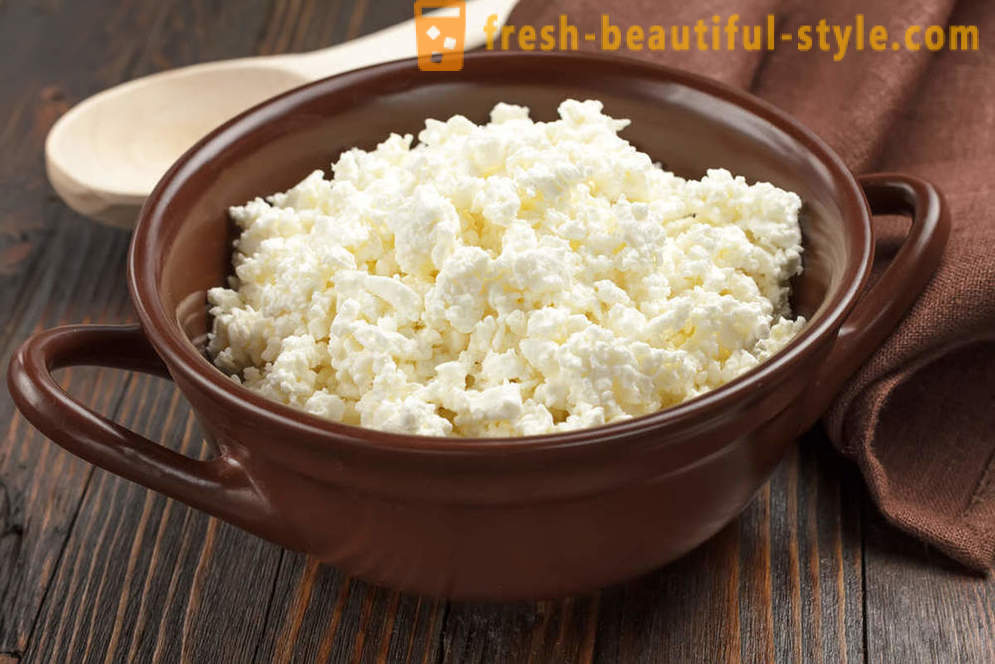
In Russia, cottage cheese and cheese - are two big differences. In our understanding, crumbly cheese, with a strong milky taste. In Western culture, the curd is considered sort of young soft cheese. In the US and Europe, even grainy curd cheese called village - cottage cheese. On the shelves of European, Asian and American stores is hard to find a normal, usual for us cheese. Usually sell its analogues: what we call the cottage cheese, or soft (often salty) cheese. Cook cheesecakes from him or dumplings loved us very, very difficult.
5. Berries
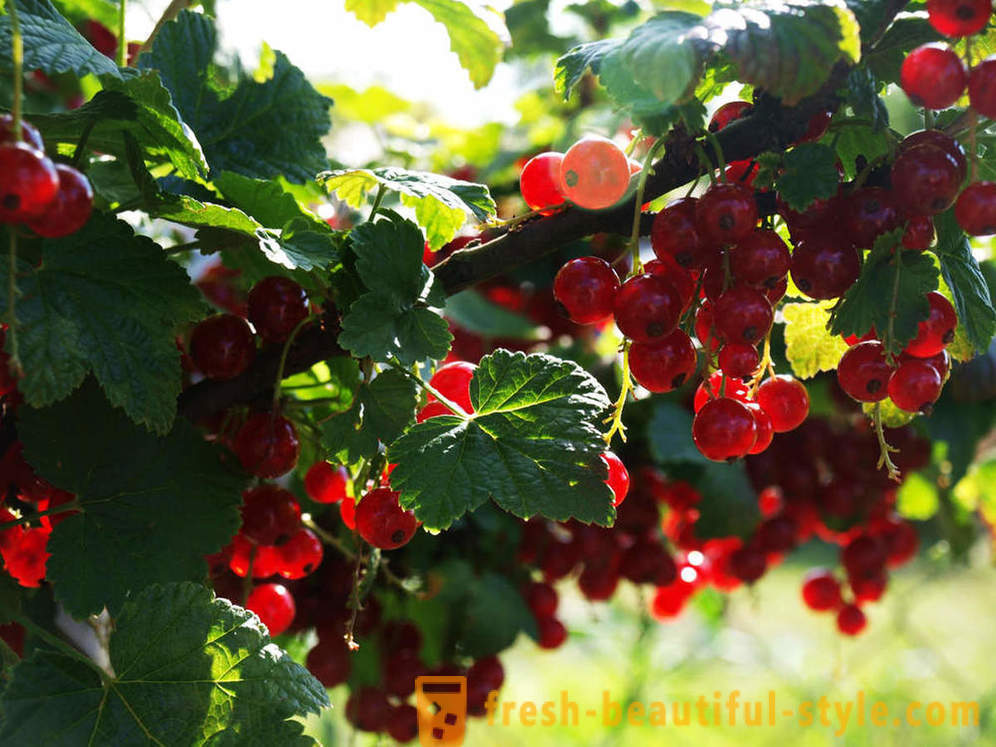
Forest strawberries, currants, gooseberries - favorite treats those who are spending the summer in the country or who have a cottage. Unfortunately, in the West, these berries are rare, though, and grow there. For example, wild strawberry grows in almost all of Eurasia, and is also found in North and South America. But there is not popular gastronomic uses.
6. Dried fish

roach, goby, smelt - for the Russian people is not just a snack to beer, it ri_tu_al. From time to time you want something salty and dried fish here can be very useful. If you're a fan of the snack, then abroad, you have a hard time. The fact is that even in the traditional maritime countries, such as Turkey, to buy dried fish is difficult. Foreigners just do not like fish like this.
7. Mustard
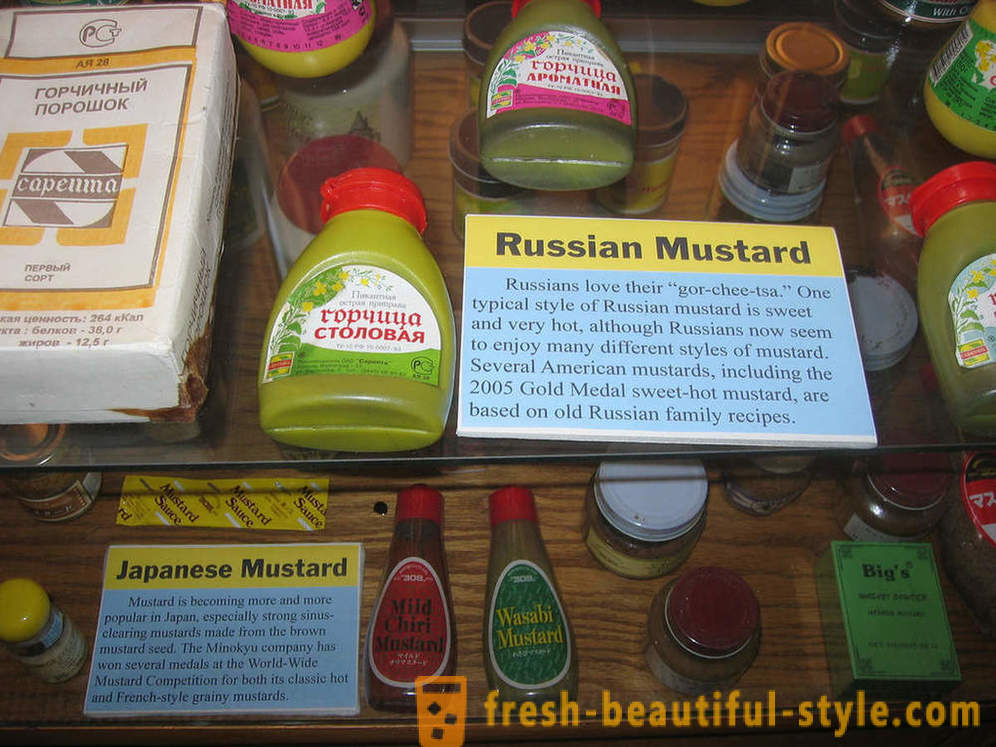
Mustard - the world famous condiment. It is difficult to find a country where it is not used. The only problem is that in Europe and America prefer sweetish mustard with lots of additives (Dijon, Bavarian and others). In Russia, however, like to go for the gusto. Therefore, many of our housewives, to go abroad, prepare the mustard yourself: buy mustard powder is easier than the "normal" finished product.
8. Pickles
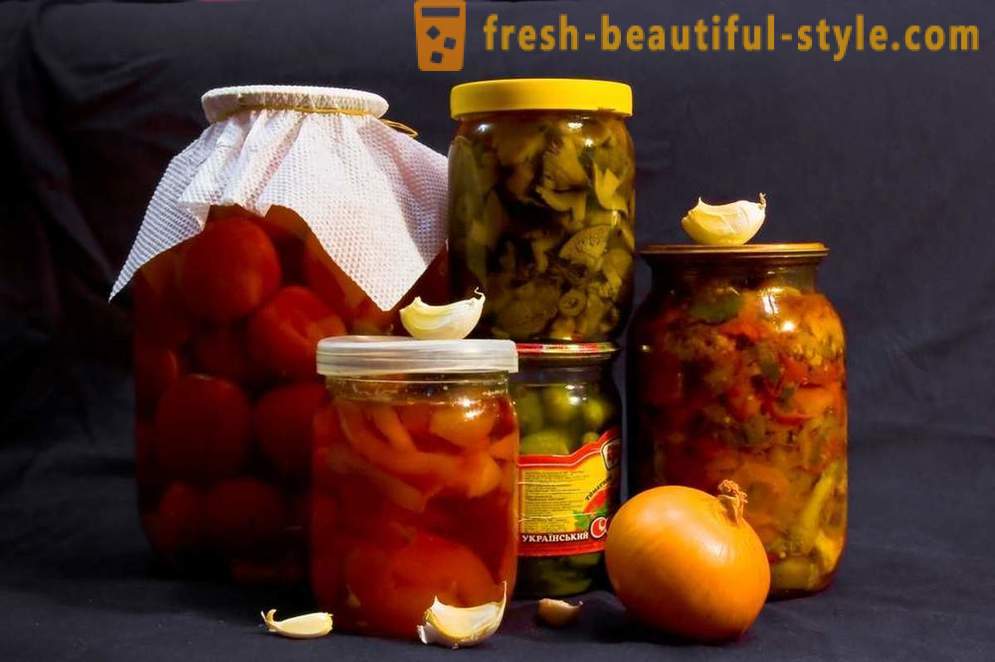
Crunchy and juicy pickles pickled tomatoes - from some of the words from Russian human saliva runs. Almost every family has branded recipes canning for the winter. In Western countries, of course, you can buy pickled gherkins, but how they compare with household trehlitrovochkami?
9. The Toffees

If you mix the condensed milk, sugar, molasses and butter toffee are obtained. In English-speaking countries, this dessert is called "fudge" and is divided into two types: milk (toffee) and without it (fudge). Sweets such as toffees abroad a lot, but none of them can not be compared with our "golden key" and "Keys-kisom". For us, it is the taste of childhood, do not miss that impossible.
10. The doctoral sausage

After two years, this cult of Soviet sausage turns as much 80 years. Developing her own recipes led Mikoyan. Doctor's liking Soviet citizens so that it become even add into various dishes (salad, hash); and in times of scarcity sandwich it was considered almost a delicacy. Abroad for cooked sausages are very reserved, preferring smoked or jerked sausages product.
11. Yogurt and sour cream
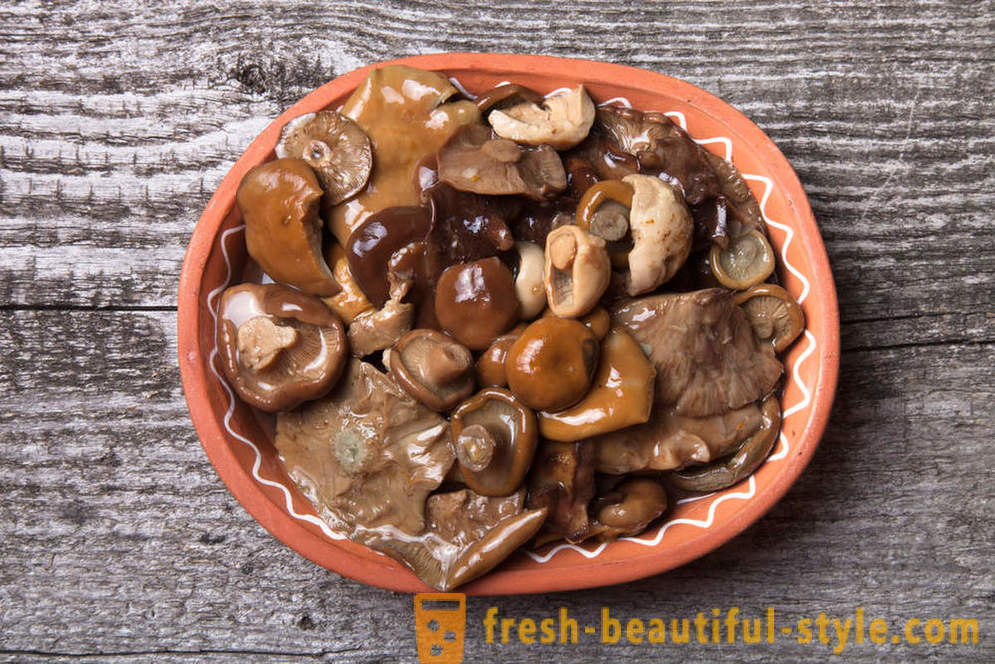
In the Western European and Asian countries, as well as in the Americas meager assortment of dairy products. If the curds are still found little related analogues, then find authentic kefir, fermented baked milk or cream is more problematic. In English sour - sour cream, to taste, and consistency it is more like Greek yogurt, than a usual cream. Packaging with the inscription kefir can be found, but as they say Russian, living abroad, the taste is very different from kefir sold in Russia. Analogs ryazhenka not. There buttermilk (buttermilk), but it is, as they say, is another story.
12. Mushrooms

Mushrooms eaten all over the world. But in each region has its own culture and the mushroom consumption. For example, in Russia, like pickled mushrooms, and in many European countries, they are considered inedible. And in Japan and other Asian countries are found very special, unknown to us the mushrooms. Many expats miss the marinated mushrooms and dried white.
13. Halva
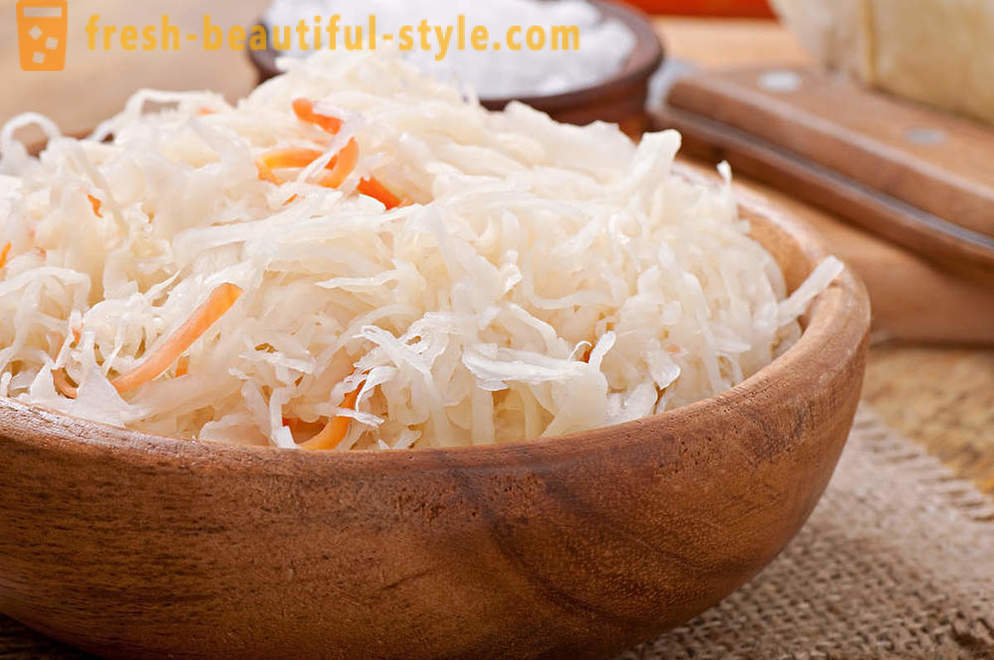
Halva - a popular dessert in the world. But halva, produced in different countries, different in composition and, as a consequence, to taste. In Russia and many other countries of Eastern Europe prefer halva from sunflower seeds. She's a little loose in consistency and rather dark in color. In Western Europe and in Asia such halva - a rarity.
14. Sauerkraut
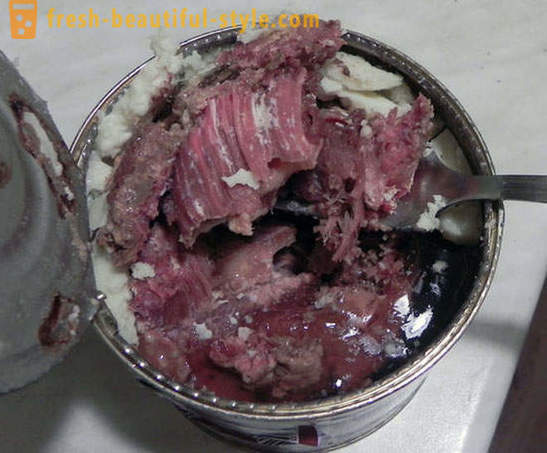
Sauerkraut in oak barrels but with pickled apples - is not the classic Russian cuisine? But the national dish of sauerkraut is considered not only in Russia but also in Germany. There it is called "zauerkraut" (Sauerkraut) and quite often eat. But the recipe is still different (for example, a feature of Russian sauerkraut that for its preparation using the so-called winter varieties of this vegetable), and on the southern continents (South America, Australia), sauerkraut and all the rare visitor.
15. Stew
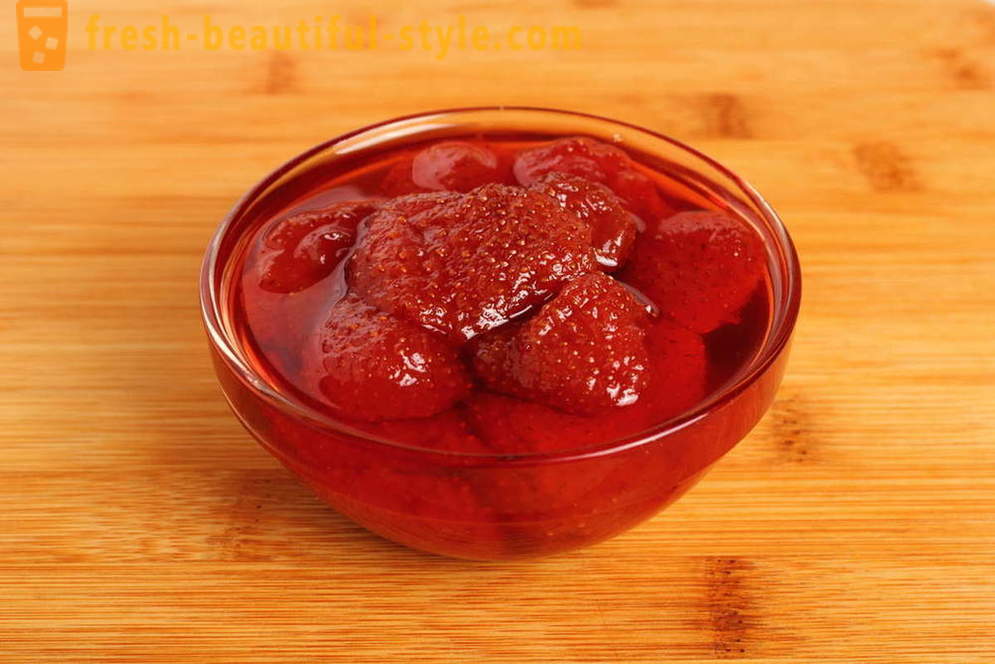
The range of meat and fish in foreign countries other than ours. For example, in Denmark, you will not find mackerel in oil, but there is a "mysterious" tyuna. It is difficult to find and Gostovskaya stew - instead on the shelves of various kinds of canned ham.
16. Jam
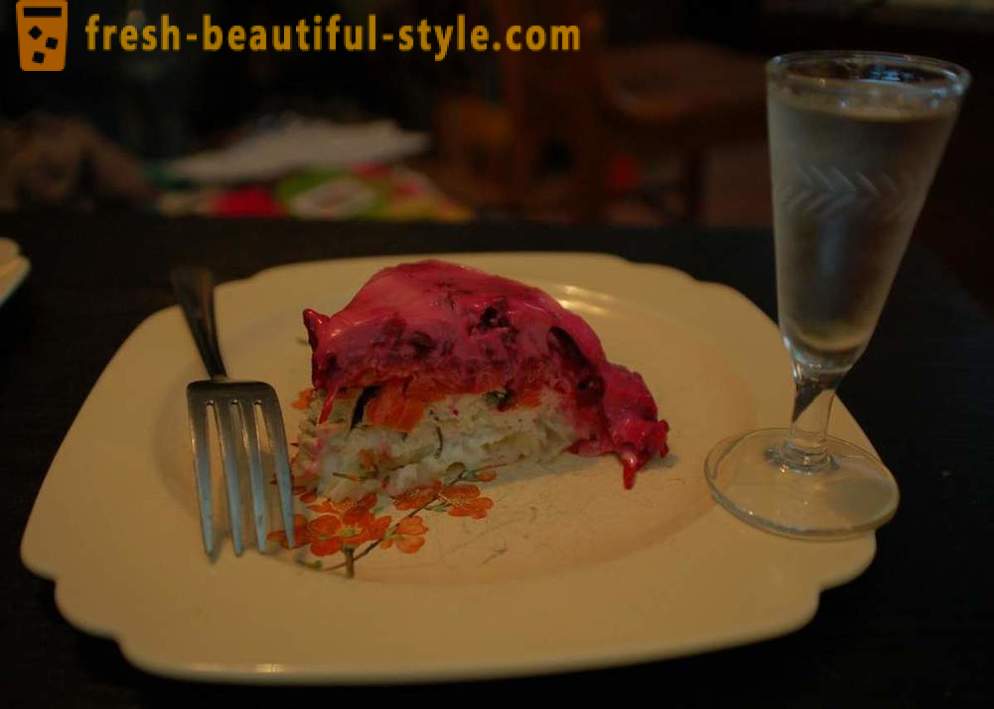
This is a traditional Russian dessert. In Western Europe and the United States prefer to jam related jams and marmalades. Unlike our goodies it is that jam, usually has a non-uniform consistency - whole fruit or pieces of fruit, plus a non-liquid syrup. Many miss the homemade jam, as its flavor is associated with childhood, when it was smeared on a crust of bread. Remember?
17. Herring

Almost all gone abroad say: "We miss the good herring." Is not there a herring? Yes, but not like that. In the understanding of the Russian people tasty herring - salted and greasy. We buy it, as a rule, as a whole, with head and tail, carve themselves and serve with vegetable oil and onions. In many countries (eg Denmark) spread ... sweet herring. It is marinated with honey or sugar. Even the famous Dutch herring (haring) differs in taste. No worse than ours, just different.
18. Marshmallow

It is known that the prepared marshmallow in ancient Greece. This dessert is popular in many countries. But again, the only difference in the recipe. In America, for example, like marshmallows, but in contrast to our marshmallow, preparing it without eggs. For all the variety of delicacies pastiloobraznyh abroad is difficult to find familiar to us marshmallows.
19. Mayonnaise

Stop! Stop! Stop! As long as you do not run in the comments raise a debate on harm mayonnaise, let's recognize that this is a very popular product in our country. With him eat first courses, finished second, they fill with salad. A habit - a great power ...
The origin of mayonnaise is quite complicated (there are several versions), and the history of ornate (even within the same food can be found a few recipes). The Russian mayonnaise is traditionally produced from sunflower oil, water, egg and mustard powder, salt and sugar. In America, too, add the lemon juice, and in Japan - rice vinegar. In addition, each country has its own technology. Therefore, immigrants from the former Soviet Union often tasted dozens of mayonnaise in search of something even remotely resembling the native "Provencal", but often in vain.
20. Gingerbread
Gingerbreads in Russia called honey bread. Initially they were actually prepared only from flour and honey. And later began to add various spices. Many people think that this traditional Russian delicacy. This is not true. Gingerbread is considered the birthplace of Western Europe. There spicy cookie - a traditional Christmas meal (Lebkuchen, Frankfort gingerbread, gingerbread men). Our gingerbread muffins and more sweet, often with filling (jam or boiled condensed milk), and we eat them, not only on holidays, but also during a simple tea.
And for what food you miss when you are abroad? We are looking forward to your culinary comments.













































